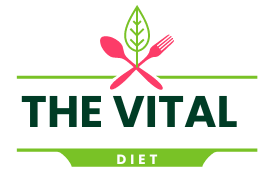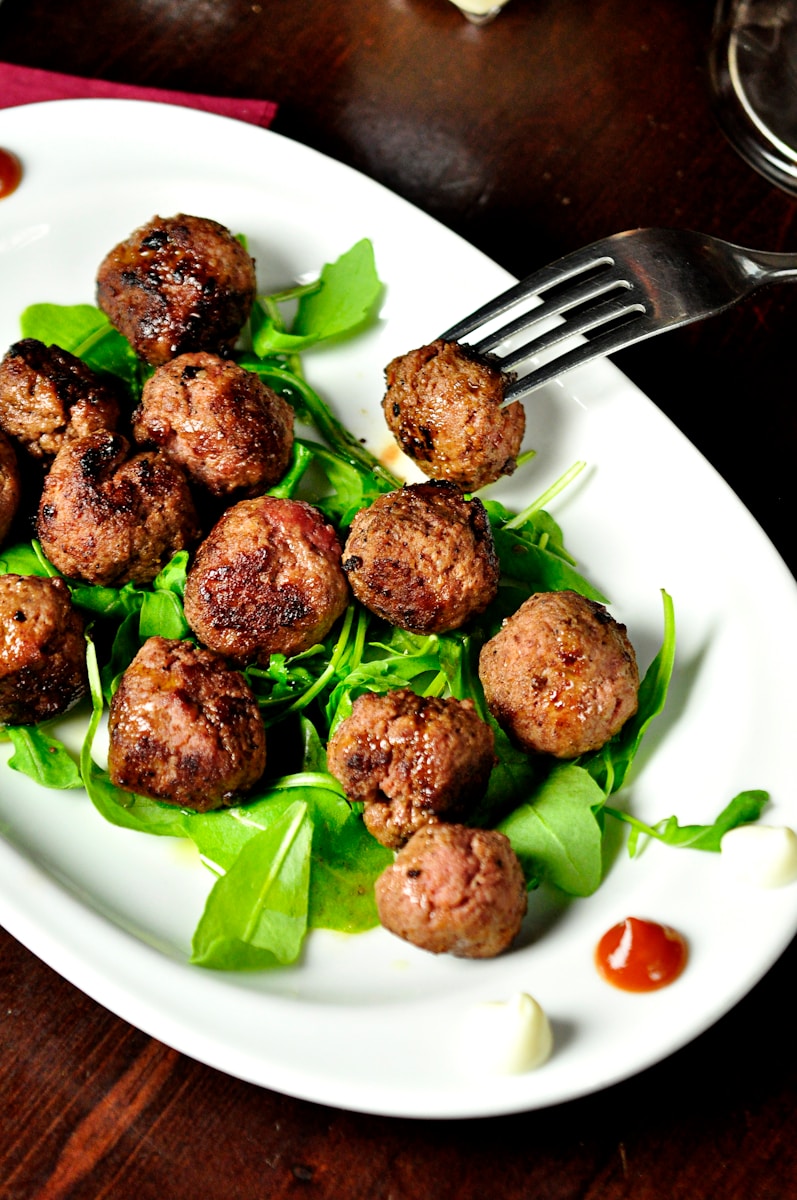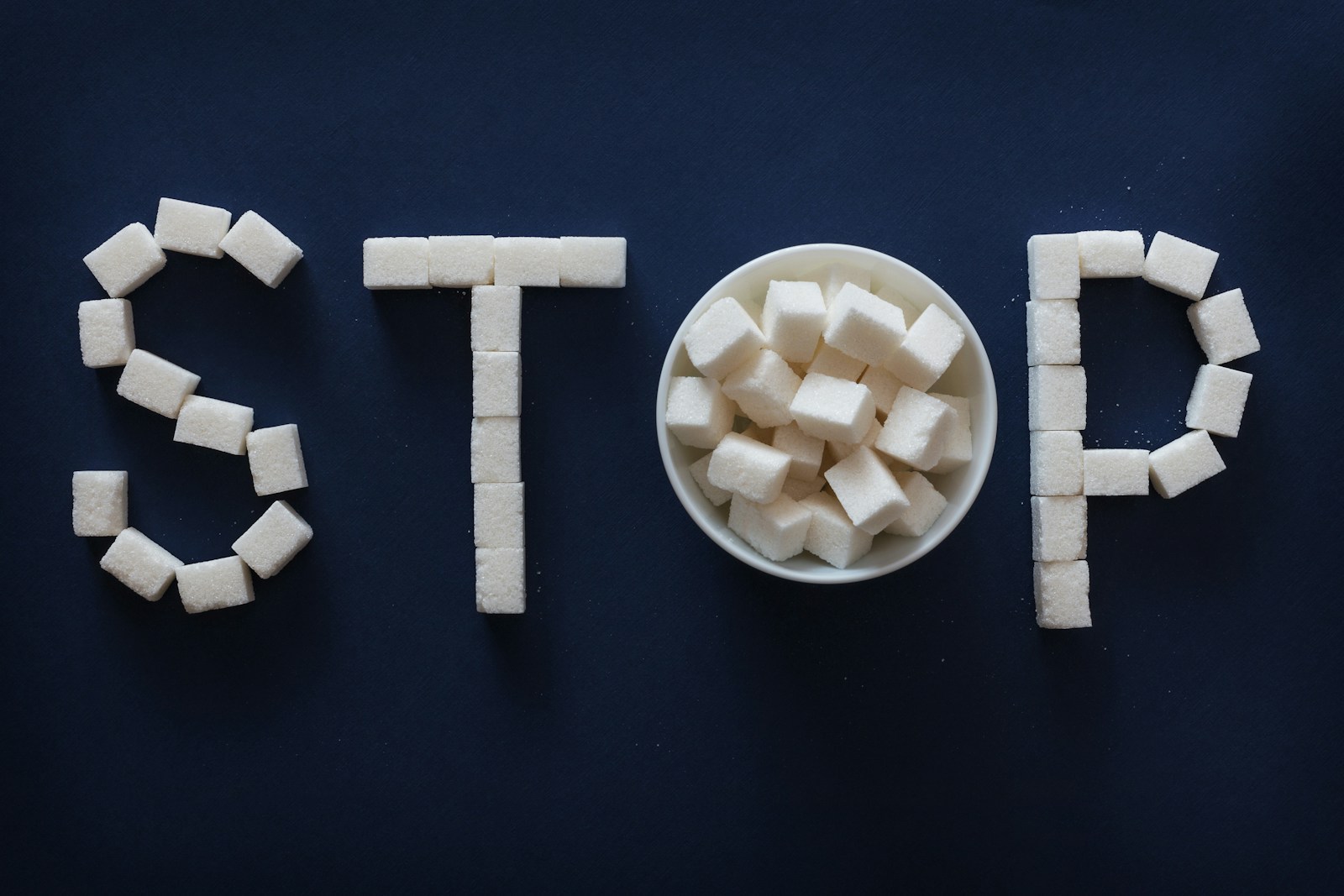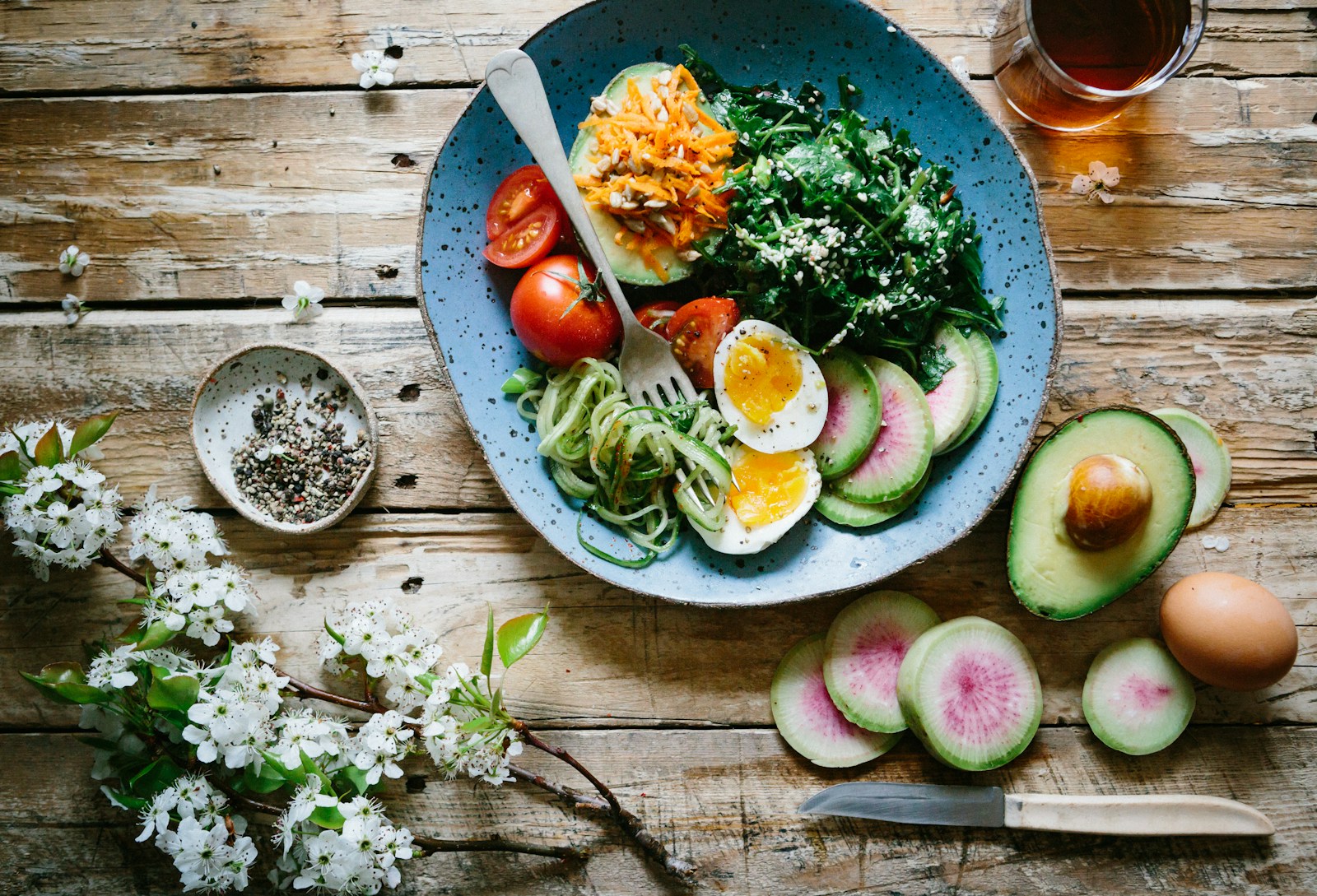
High-protein diets have gained considerable attention in recent years, especially among fitness enthusiasts and those aiming for weight loss. This diet plan is primarily built around incorporating a higher proportion of protein in your daily caloric intake. However, the specifics of these diets can vary, and understanding the intricacies is crucial.
This comprehensive guide will delve into the world of high-protein diets, including their benefits, drawbacks, and how to follow them correctly.
Unpacking the High-Protein Diet
Protein is a critical nutrient, playing an essential role in numerous bodily functions, including hormone production, enzymatic reactions, and cellular repair. High-protein diets promote increased protein consumption, often at the expense of carbohydrates and fats, to boost weight loss, enhance energy, and improve athletic performance1.
These diets are said to promote satiety, elevate metabolic rate, and preserve muscle mass. However, diet suitability varies from individual to individual, and what works for one person may not work for another.
Kelly Plowe, MS, RD, states, “While high-protein diets often involve cutting carbohydrates, a balanced approach would be to include about 50% of calories from carbs, 20% from protein, and 30% from fat.”
A Glimpse into the 7-Day High-Protein Diet Plan
Here’s a snapshot of what a week on a high-protein diet might look like. Remember, this is merely an example, and individual meal plans should be tailored to personal preferences and nutritional needs:
- Day 1: Breakfast of eggs, cottage cheese, whole grain toast, and berries; Greek yogurt with banana slices for lunch; chicken breast, greens, toasted pita wedges, cucumber, cherry tomatoes, tzatziki for dinner; whey protein shake with milk as a snack; and a dinner of sirloin steak, sweet potato, sautéed spinach.
- Day 2: Start the day with oatmeal mixed with protein powder, shredded zucchini, egg whites, and berries; have hard-boiled eggs and apple slices for lunch; tuna salad on whole grain with a side salad for dinner; and a protein bar and chicken pasta primavera with roasted broccoli as snacks.
This pattern continues for the remaining days, with each day offering a diverse menu to keep your diet exciting and nutritionally balanced.
What Can You Eat on a High-Protein Diet?
A high-protein diet usually recommends deriving more than 20% of your total calories from protein2. This typically means reducing your calorie intake from carbohydrates or fats to maintain a balanced calorie count.
No specific foods are absolutely prohibited on a high-protein diet, but it’s advisable to consume lean proteins and limit the intake of refined carbohydrates, sugars, and fats.
Preparing for a High-Protein Diet: Tips and Tricks
A balanced diet for weight loss or overall wellness should encompass all three macronutrients: fat, carbohydrate, and protein2. A high-protein diet typically includes at least 20% of calories from protein. The exact quantity of protein you should consume depends on various factors, including age, sex, body size, and activity level3.
One way to initiate a high-protein diet may be to follow a starting ratio of 30% of calories from protein, 30% of calories from fat, and 40% from carbohydrates. It’s crucial to remember that this ratio is only a starting point, and the macronutrient balance may need to be adjusted according to personal needs and responses.
Here are a few tips to help you adhere to a high-protein diet:
- Include protein at every meal: Plan meals around a protein source like lean beef, chicken, or pork, and fill the rest of the plate with veggies.
- Avoid processed carbs: Opt for whole grains instead of refined ones like white rice, pasta, and bread. For example, replace pasta with spiraled zucchini or carrots, and substitute riced cauliflower for white rice.
- Keep protein snacks handy: Ensure you have high-protein snacks like almonds, Greek yogurt, hummus, ricotta, and string cheese available for when hunger strikes between meals.
- Start your day with protein: Focus on high-protein breakfast foods such as eggs or smoothies made with protein powder.
Benefits of a High-Protein Diet
A high-protein diet comes with several potential benefits:
- Satiety: Including protein in your meals and snacks can help you feel fuller and more satisfied, which may aid in portion control.
- Muscle Mass: A high-protein diet helps build and maintain muscle mass, which boosts metabolism and increases calorie burn, even at rest4.
- Nutrition: Planning a meal around lean protein reduces room for less nutritious foods on your plate. Plus, diversifying your protein sources can improve your overall diet.
- Weight Loss and Maintenance: High-protein diets have been shown to boost metabolic rate, increase satiety, and help preserve muscle mass, all of which can aid in weight loss4.
Drawbacks of a High-Protein Diet
Despite its advantages, a high-protein diet also has potential drawbacks:
- Nutrient Deficiencies: High-protein diets often lack sufficient dietary fiber, leading to potential health issues like constipation5.
- Encouragement of High-Fat and Processed Foods: Some high-protein diets advocate for the consumption of high-fat foods like fatty cuts of beef, full-fat dairy, and processed meats, which are not the best choices for a balanced diet6.
- Risk for Those with Chronic Diseases: Excess protein can lead to a spike in blood sugar levels in people with diabetes and may worsen kidney function in those with kidney disease7.
- Restrictiveness: Some high-protein diets severely limit carbohydrates, leading to potential nutritional deficiencies and other health concerns8.
- Potential for High Saturated Fat Intake: Some high-protein diets include protein sources high in saturated fats, which can increase the risk of heart disease9.
Is a High-Protein Diet Right for You?
A high-protein diet that includes vegetables, fruit, whole grains, lean meats, beans, legumes, nuts, seeds, dairy, and healthy oils can fit within healthy diet guidelines. If you’re considering a high-protein diet, it’s essential to consult with a healthcare provider or a registered dietitian first, especially if you have any underlying health condition.





